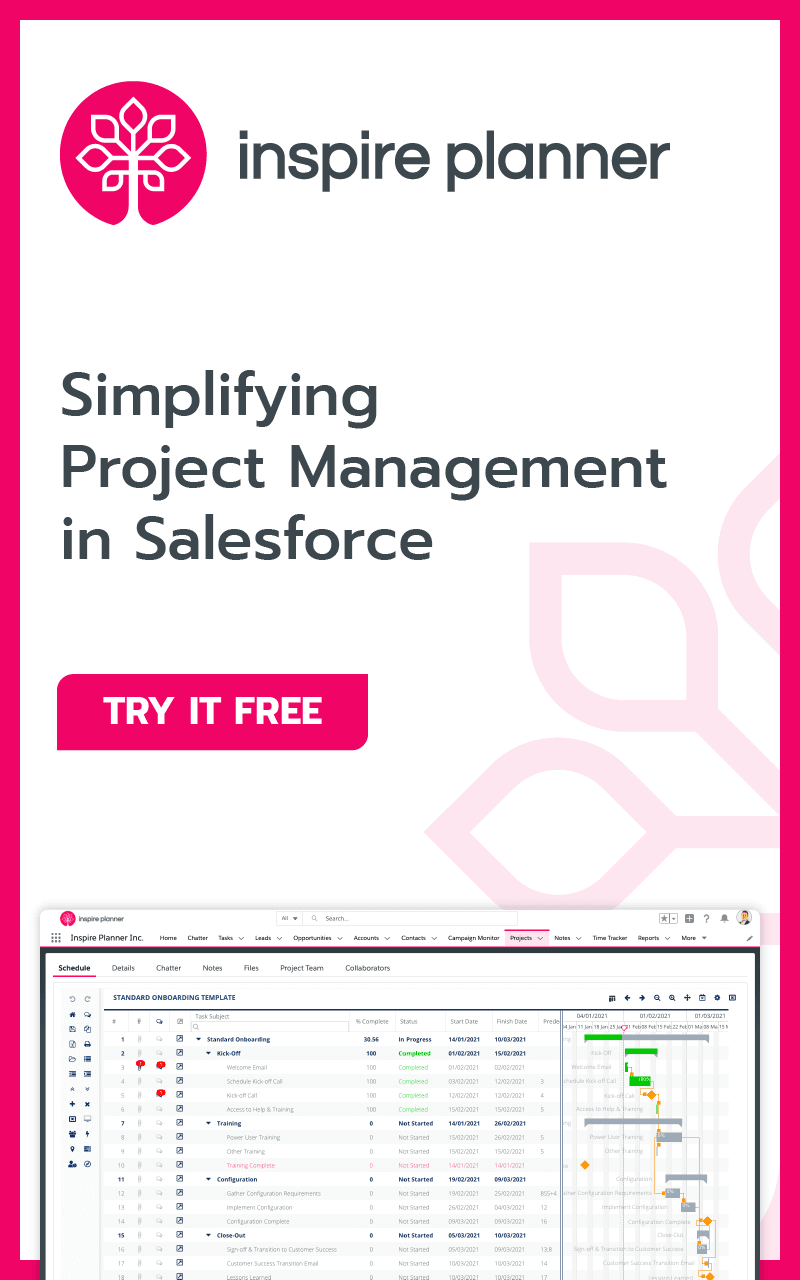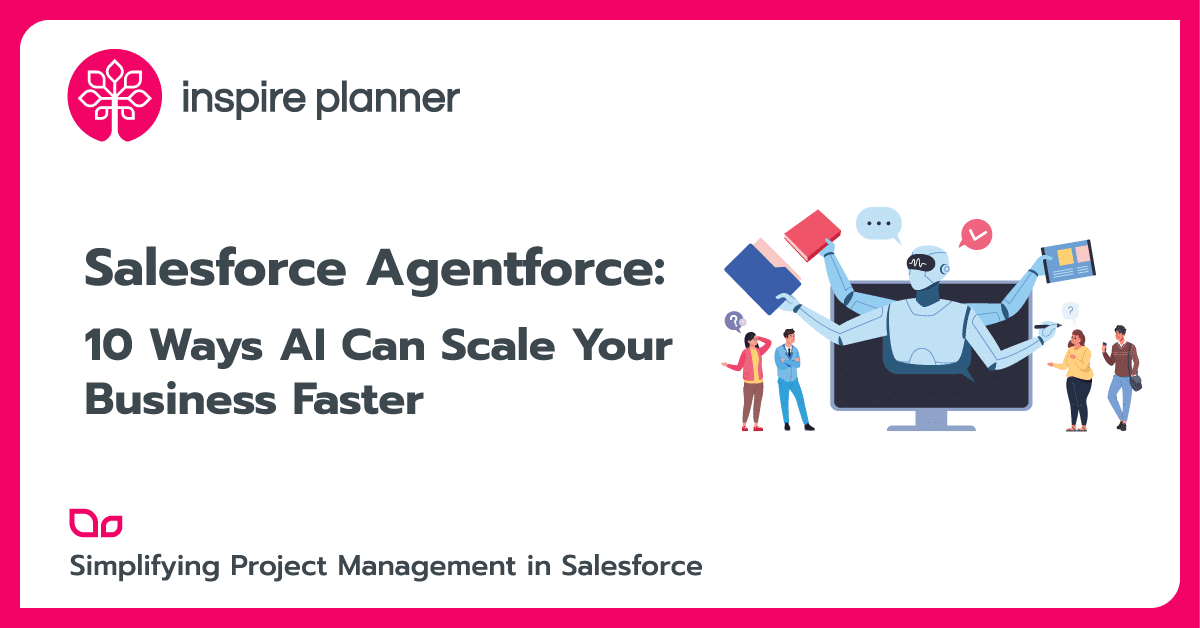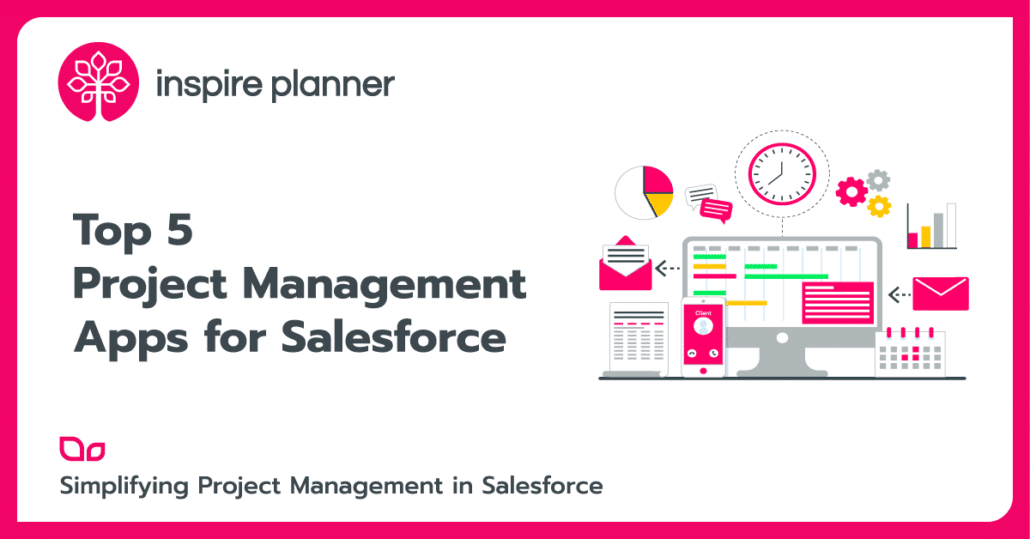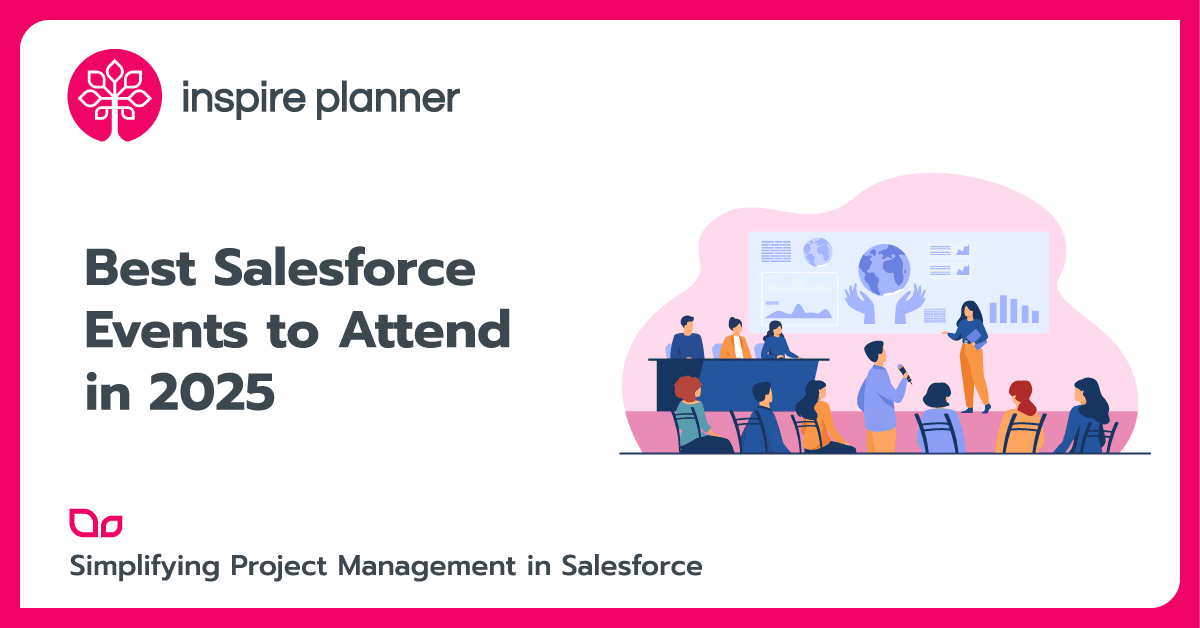4 Steps to Keep Your Salesforce Org Healthy
Salesforce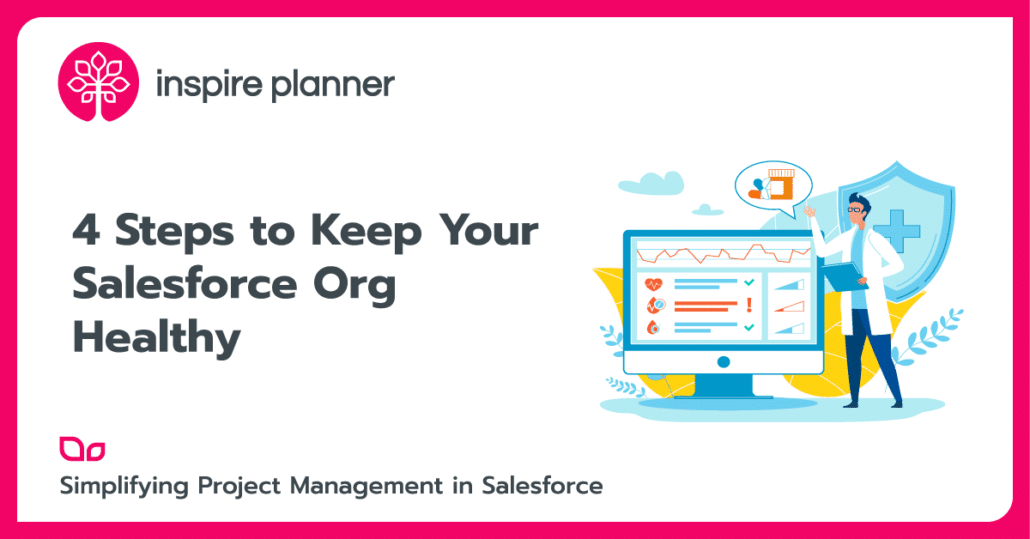
With a client base ranging from Fortune 500 companies to bootstrapping startups, Salesforce customers have been using it at new scales. Like any other platform, even Salesforce requires a sustainability plan when it comes to growth and scaling in order to keep your Salesforce org healthy. Salesforce as a platform ensures there are no issues encountered by the customers when it comes to accommodating their varying business needs. However, many customers face challenges in scaling their Salesforce orgs in alignment with rapid business changes. A major reason for this challenge is the health of the Salesforce implementation.
Salesforce org health may get compromised because of multiple reasons such as many teams simultaneously working on the same Salesforce instance, non-compliance to best practices during implementation, disintegrated external systems, multiple releases, and deployments made without focusing on health parameters, etc. If you have been a part of any Salesforce implementation, we are sure you would relate with at least one of these factors. So the question is how one can ensure the maintenance of your org in the era of constant business volatility.
Much like maintaining personal health, the answer to this question lies in following a defined set of proactive steps.
Step 1 – Design for growth to keep your Salesforce Org Healthy
Though the best-case scenario would be to flow this approach right from the beginning, most of the customers by this time are in the middle of their CRM transformation journey. However, you can start having a relook at the way your Salesforce Org and architecture have been designed and identify the customization needed. As the shape and aspects of your business change, you need to revisit and define your Salesforce org strategy by answering questions like:
- Do you need multiple Salesforce orgs to maintain healthy business operations?
- Do you have a standardized process requiring global deployments?
- What would be the data and process dependencies between orgs?
- Would your focus in the future is to migrate to a single org?
Step 2 – Health-focused implementation
The most important step to ensure your Salesforce org is by maintaining it right during the implementation. Obvious as it sounds, more companies struggle at maintaining a healthy Salesforce implementation than we would think. Below is the set of checks and actions to keep in mind while implementing to keep your Salesforce Org healthy:
- Database schema: Make sure you regularly keep a check on the data storage limits and make sure you are not crossing them. This requires a check on factors like # of custom objects, active lookup filters per object, custom fields per objects and custom big objects created.
- Business process: As you configure and customize your org to automate business processes, keep a track of below business logic limits and best practices:
- Process builder & workflows: Never create a process builder/workflow automation directly in production, no matter how small the functionality. Make sure the configurations made in the process builder/workflow are tested for any implications on objects/fields being used by other teams and relevant actions are taken. Also, it would help if you follow the best practices for Salesforce Process Builder.
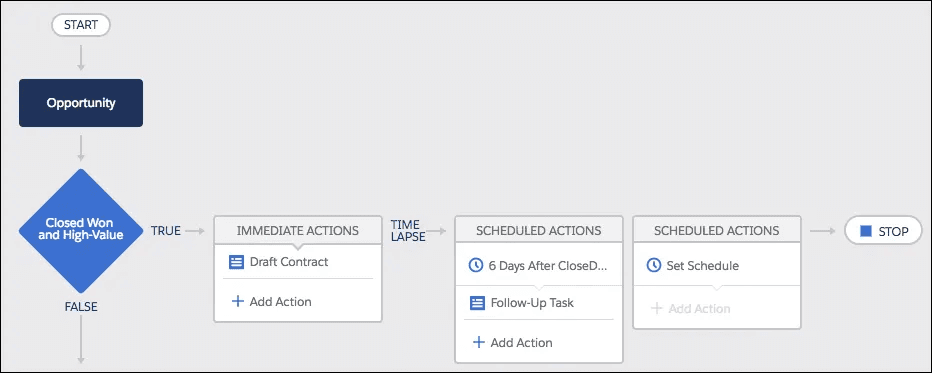
-
- Apex best practices: Have a defined approach to check parameters like triggers created per object, handling trigger logic in class, unit testing coverage (>85%), code annotations, methods, and class size. Use the Salesforce code scanner to scan your apex code.
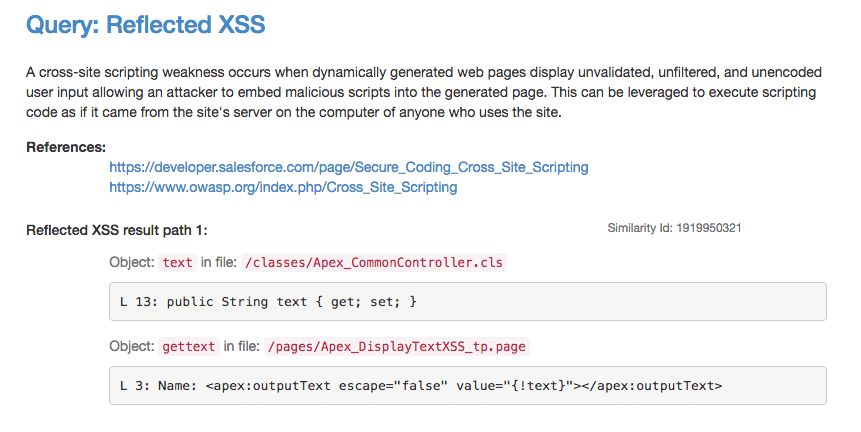
-
- Development flow & automation: Have a process established for customization best practice-based guidelines for the dev team, peer and manager review on implementation health, source control, static code analysis, testing, and deployment automation.
- Lightning & Javascript: When implementing Lightning-based development, ensure to have checks like usage of Javascript helpers, loading time, lightning data service, image and script size optimizations, and unused libraries.
- General: Make sure you have documentation available for all customizations made in the org.
- Data: Keeping your data clean is also an important aspect of maintaining your Salesforce org. For example, you might be interested in learning how custom Salesforce fields can help keep your data clean or discovering some Salesforce data loading tricks.
Step 3 – Regular technical audits to keep your Salesforce Org Healthy
Having regular checks on the technical health of your org is really important to identify any loopholes that may be causing performance and scaling issues. We suggest having a technical audit at least after every major release to keep your Salesforce org healthy. There are multiple tools on Salesforce App exchange like OrgHealth, RingLead FieldTrip that provide detailed measures and report on data limits, customization complexity and user acceptance of your org in a few steps.
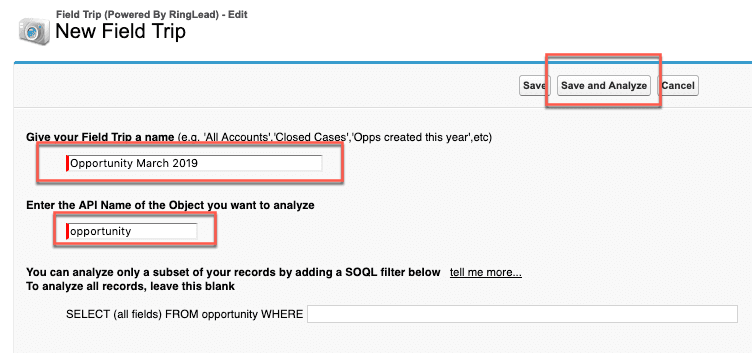
Step 4 – Security Check
While your architects would have ensured that all best practices are followed diligently, make certain that regular security checks of your org are also performed to identify potential vulnerabilities in your security settings. Salesforce provides a detailed security summary of your org – check out Security Health Check.

The summary captures a record of different security parameters in your org versus the standard Salesforce baseline and creates a risk metric (high risk, medium risk, low risk). You can also upload custom baselines applicable to your org and keep track of your org health against the specifications mentioned in the baseline.
Summary
This checklist, while not exhaustive, is a good starting point to reduce glitches and performance issues while scaling and maintaining your org. Understand the risks of not checking your Salesforce org health on a regular basis, follow the best practices, use the scanners that suit your needs. Consistently monitor the health of your Salesforce org to get the best out of the Salesforce platform.

